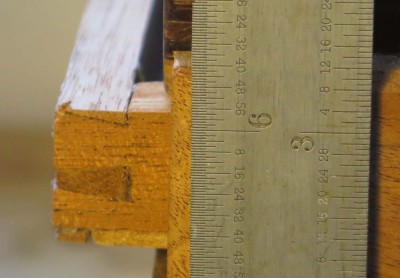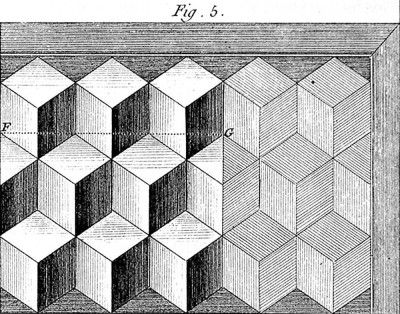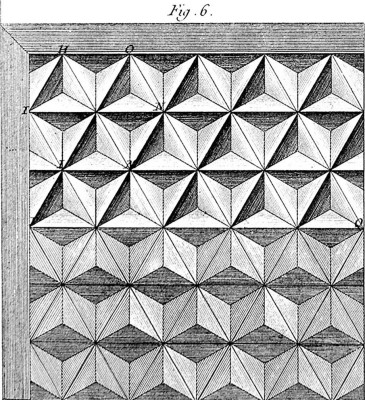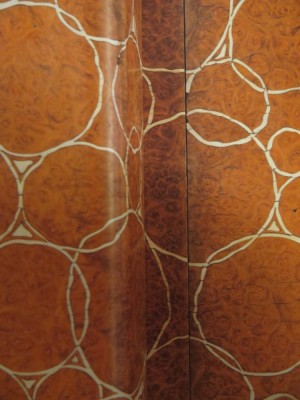Pursuit of the Ultimate Decorative Surface
We live in a generation that is seeing perhaps the most remarkable renaissance of woodworking in history. After decades of professional scholarship revolving around historical furniture-making technology, I think that we might be living at a time when more good furniture is being built than at any time in history. Much of this is production is driven by passion rather than commerce. I recall a presentation by Adam Cherubini some years ago when he posited that the future vitality of woodworking was in the hands of avocational craftsmen rather than vocational artisans. In this proposition I am in complete agreement.
Yes, vocational woodworking is flourishing in a manner I thought I would never see. But this pales in comparison to the tens and hundreds of thousands of enthusiasts who are, in particular, often pursuing historical hand tool skills, or like me adopting a hybrid approach of using hand tools and machine tools in concert to produce exceptional furniture. Precision joinery, exquisite wood selections, and generally orthodox forms are the hallmark of this new movement. And evangelists like Chris Schwarz, Paul Sellers, Mike Siemsen, and a multitude of others (especially in New England) are providing the cheerleading.
Further, there have been many modern explorers of the lines and forms of furniture, based on views to the past and into the future, including in recent generations folks like CR Mackintosh, Alvar Aalto, Emile-Jacques Ruhlmann, Gerrit Rietveld, Charles Eames, followed by a crew of our almost-contemporaries including James Krenov, Sam Maloof, and George Nakashima, who undoubtedly inspired many of you along with me as they attacked the boundaries of design. Our own contemporaries include luminaries like Peter Galbert, George Walker and Jeff Miller who are merging the past and future in teaching us to be better aesthetes in wood. The roster of crazy-good artisans currently working is astoundingly large, and I admire and respect them immensely.

I am fully capable of executing competent joinery and employing superb woods (as I blogged earlier, 2016 will be the Year of Making for me), but in truth my furniture-craftsmanship affinities lay elsewhere. My own creative inclinations furniture-wise reside vaguely at the crossroads of Krenov and the Ming and Tokugawa Dynasties. Whether by native temperament, imprinting during my first real job in the furniture restoration trades (42 years ago this week), or simple curiosity (read: contrariness) I have long been intrigued by technological/craft/materials science innovation, but even more by the artistic expressions generally un-explored by most of our contemporaries: the decorative surface. I intend to expand my facility by continuing my trek down the road of surface decoration and exhort others to join me on the journey over the coming decades.
This journey will have two simultaneous paths. The first is marquetry, in particular, parquetry.


The appeal of exquisite marquetry representations in Andre Roubo’s L’Art du Menuisier eventually grew into our ongoing efforts to bring this monumental treatise to English language audiences. In an amusing ex poste exchange, Lost Art Press Publisher Chris Schwarz confided that I was presenting the Roubo volumes exactly backwards from the woodworking publishing perspective. By starting with the information that interested me the most — marquetry and finishing — I was standing the series on its head by bringing to press first the sections of least interest to my fellow woodworkers. So sue me.

My affection for 18th century French veneerwork artistry has been incorporated into my own craft vocabulary for almost thirty years now, itself sprouting from my exposure to dozens, maybe hundreds, of examples of the real thing in mansions of Palm Beach when I was just starting in the trade. Though comparatively dim at the moment, the torch of marquetry is still being carried by a few gifted men right now, including my long-time acquaintance Patrick Edwards (whom I have known since before he went to France the first time), Silas Kopf, whom I met only last year, Paul Schurch whose acquaintance I have yet to make, and Craig Vandall Stevens (ditto). What makes their artistry most interesting to me is that their artistic techniques differ from each other, and none of them do it the way I do.


Now that I have finished with Henry O. Studley and I am fully mobile I can hardly wait to expand my adventures in this decorative surface technique. Even by simply copying the Roubo syllabus faithfully the palette is nearly inexhaustible. And this is just the beginning as I have a lot of parquetry ideas awaiting birth. Think Galle meets Riesener with seasoning by Ruhlmann.

Next time: the second route to the ultimate decorative surfaces, which itself splits into three separate paths


Join the Conversation!